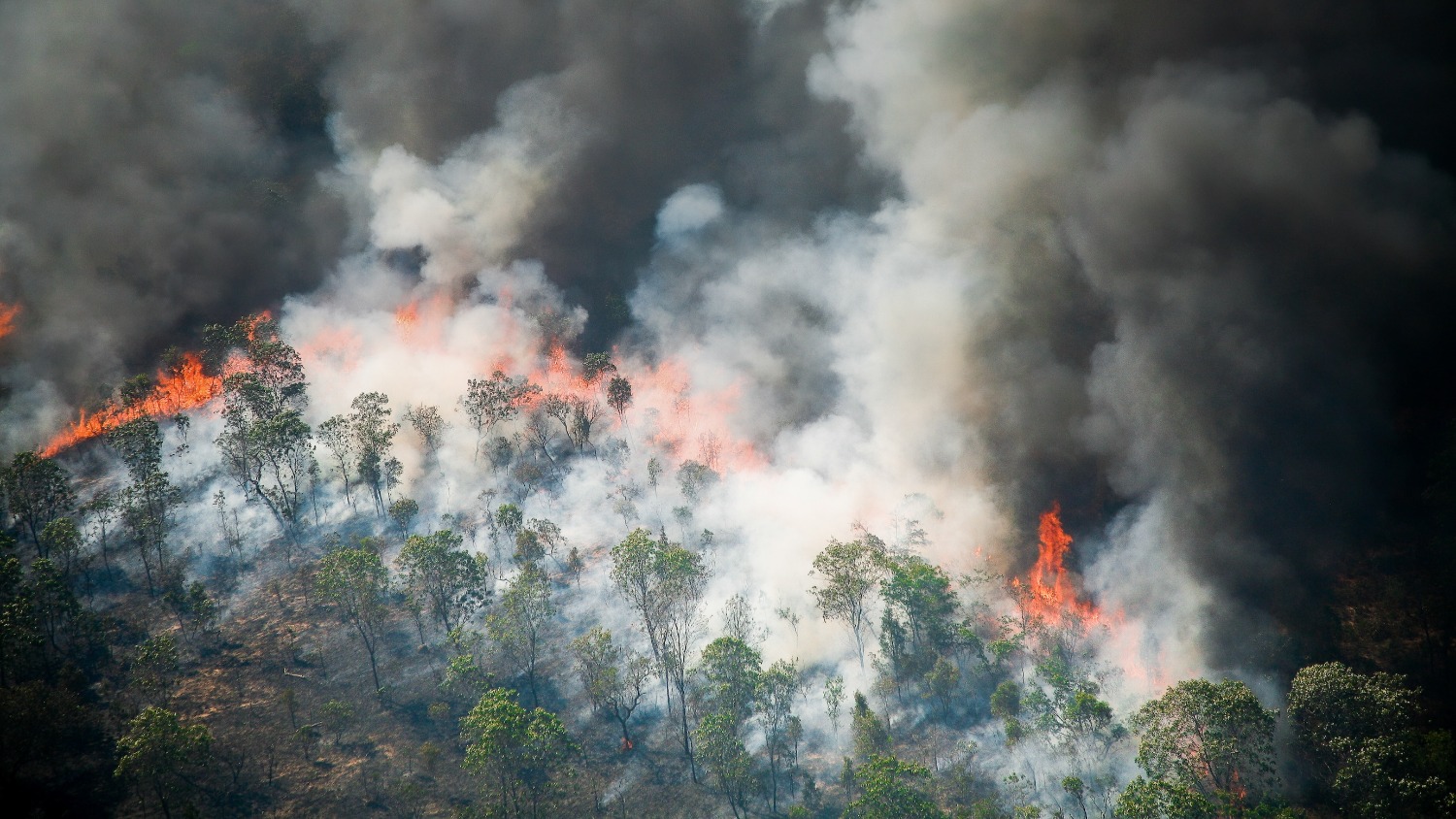How ‘Thirsty’ Trees May Make Forests More Vulnerable to Climate Change

A new study suggests that increased maple populations may leave forests in western North Carolina more vulnerable to extreme weather conditions like flooding and drought.
The southern Appalachian Mountains feature large, intact forests with frequent precipitation. This kind of area would not typically be a place to look for the effects of climate change, but the emergence of more “thirsty” trees like maples shifts that dynamic. Maples are an example of “diffuse-porous” trees, which require more water to grow than “ring-porous” trees like oaks.
“Due to climate change, we have seen increasing dry periods across the world and regionally. We’re having more periods where it’s just not raining,” said the study’s co-author Katherine Martin, an associate professor of forestry and environmental resources and a faculty fellow in the Center for Geospatial Analytics.
“When you have more of these trees that need more water, it means that when it does rain, less of that water ends up in streams and the effects of the drought are magnified,” Martin added.
Using a suite of data tools, Martin and her team modeled these effects in future scenarios including both low and heavy rainfall. In both dry and wet future climate projections, the model predicted that forests with more diffuse-porous trees would have more water loss and less streamflow, as well as a decreased ability to sequester carbon through photosynthesis.
Previous models did not account for the different water needs of various tree species, Martin said. This led to a potential underestimation of the threat posed by climate change in areas with increasing diffuse-porous tree populations.
“To make these predictions, we take the projected precipitation and subtract the amount of water that we think the trees will use, which lets us estimate how much water will be in these mountain streams. What we’re seeing is that there will be less,” Martin said. “You could have done that with the old model, but you wouldn’t have had details about how different species intersect with climate change to create a larger vulnerability.”
Naturally, trees like maples have been primarily located immediately adjacent to streams or in steep, moist coves in the southern Blue Ridge Mountain due to their vulnerability to fire, which other trees like oaks are more resistant to. However, fire suppression efforts in the region combined with a long-running wet period led to an explosion in diffuse-porous trees across the landscape, which have now begun reaching maturity. This highlights the importance of considering the interaction between tree species and climate when planning land-use and conservation efforts, Martin said.
“With climate change predicted to intensify, it will become more and more important for us to consider how these different tree species will respond,” she said. “This modeling framework could provide a tool to examine these effects globally, and better inform forest managers on how to create more resilient ecosystems in the future.”
The paper, “Interactions Between Climate and Species Drive Future Forest Carbon and Water Balances,” is published in Ecohydrology. This work was supported by the Center for Geospatial Analytics at NC State, the Nature Conservancy NatureNet, the USDA National Institute of Food and Agriculture (2017-67019-26544) and the Nature Conservancy, University of Minnesota. The lead author of the paper is Katie A. McQuillan of NC State. Co-authors include A. Christopher Oishi, USDA Forest Service; Zachary J. Robbins, Los Alamos National Laboratory and NC State’s Robert Scheller.
This article was originally published in NC State News.


